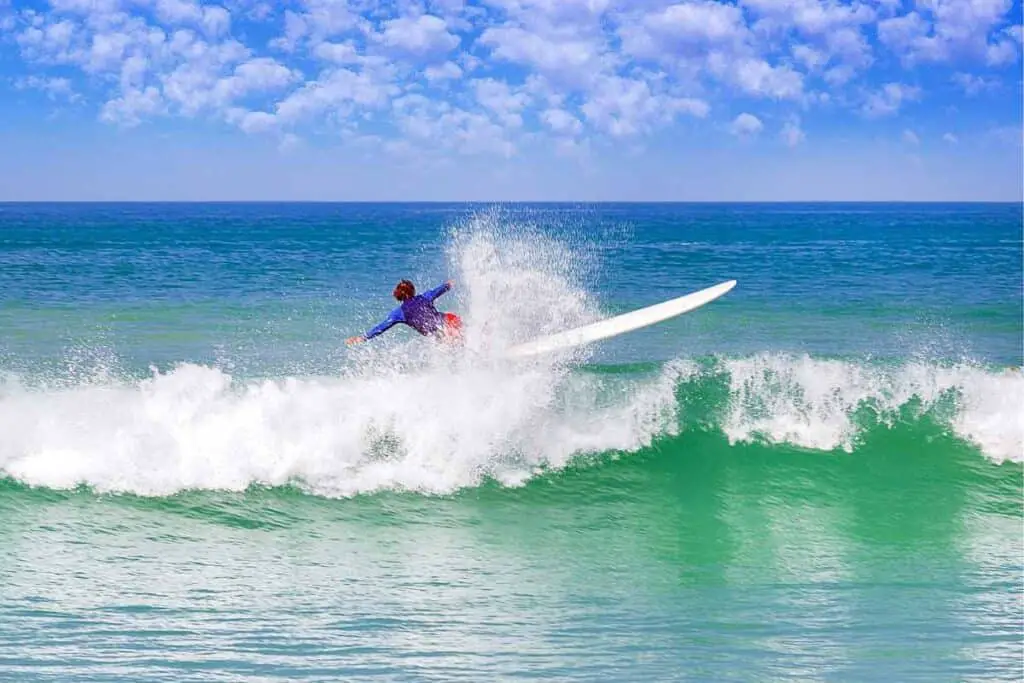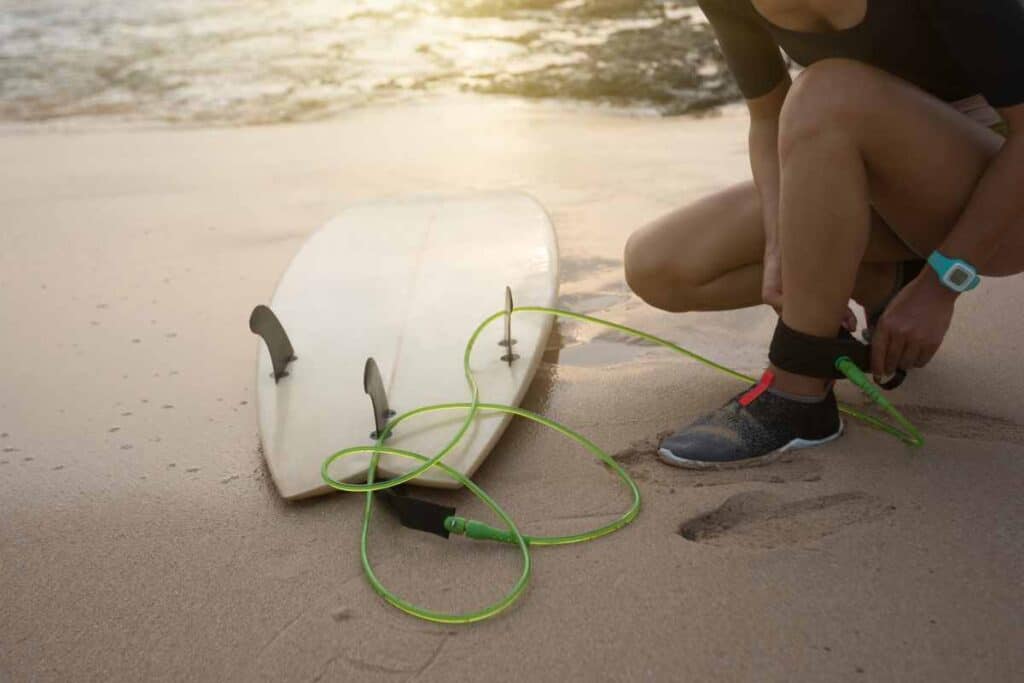Surfing without a leash is a topic that has been debated in the surfing community for a long time.
While some surfers prefer to surf without a leash, others consider it dangerous and irresponsible. The debate has been going on for years, and it is still a hot topic among surfers.

Surfing without a leash gives surfers a sense of freedom and a more traditional surfing experience. It allows them to move more freely on their board and perform more advanced maneuvers without the leash getting in the way. However, surfing without a leash can also be dangerous. If a surfer falls off their board, the board can become a dangerous object that can hit other surfers or swimmers in the water.
Many surfers are against surfing without a leash because of the potential dangers it poses.
They believe that the leash is an important safety feature that helps control the surfboard and prevent accidents.
Some surfers also argue that surfing without a leash is not worth the risk, especially for beginners and intermediate surfers who may not have the skills and experience to control their board without a leash.
Why Some Surfers Choose to Surf Without a Leash

Surfing without a leash is a controversial topic within the surfing community. Some surfers choose to surf without a leash for various reasons.
Here are a few:
- Freedom: Surfing without a leash gives surfers a sense of freedom and a closer connection to the ocean. Without a leash, surfers can move more freely on their board and feel a greater sense of control.
- Tradition: Surfing without a leash is a more traditional way of surfing. Before the invention of the leash in the 1970s, all surfers surfed without a leash.
- Challenge: Surfing without a leash is more challenging and requires a higher level of skill. Some surfers enjoy the challenge of surfing without a leash and pushing themselves to improve their surfing abilities.
While there are benefits to surfing without a leash, there are also significant dangers.

Surfing without a leash can be dangerous for both the surfer and other beachgoers.
Here are a few reasons why:
- Lost Board: Without a leash, surfers risk losing their board in the waves. A loose board can become a dangerous projectile that can injure other surfers or swimmers in the water.
- Drowning: If a surfer becomes separated from their board, they may struggle to stay afloat and could potentially drown.
- Injury: Surfing without a leash can lead to collisions with other surfers or objects in the water, which can result in serious injury or even death.
Because of these dangers, many surfers and surfing organizations are against surfing without a leash. Surfing without a leash is prohibited in many areas, and surfers who choose to surf without a leash may face fines or other penalties.
Read Next – How Long Should a Surf Leash Be?
The Dangers of Surfing Without a Leash

While some surfers choose to surf without a leash, it is important to note that it can be very dangerous.
Here are some of the main reasons why:
- Loss of Control: One of the biggest dangers of surfing without a leash is the loss of control over your board. Without a leash, your board can easily get away from you and become a hazard to other surfers in the water.
- Difficulty in Retrieving Your Board: If you fall off your board and it gets away from you, it can be difficult to retrieve it without a leash. This can be especially dangerous if you are surfing in big waves or strong currents.
- Potential for Injury: Surfboards are heavy and can cause serious injury if they hit someone. Without a leash, your board can easily become a projectile and cause harm to other surfers in the water.
It is also important to note that many experienced surfers are against surfing without a leash. They argue that it can be dangerous not only for the surfer, but for others in the water as well. Even if you are an experienced surfer, accidents can happen and it is important to take precautions to ensure the safety of yourself and others.
In some places we are starting to see local government intervention in regard to enforcing the wearing of leashes at popular surf spots. One of the most infamous and busy surf spots in the word – Byron Bay in Australia – the local council there has recently brought in fines for any surfers not wearing a surf leash.
After several major accidents which created substantial media attention of the the past several years and a lot of controversy, the rule has recently been established. At the Pass in Byron Bay, the clash between traditional surfboard riders and newbies is rife.
The question is, with the crowds and chaos at this surf spot, will enforcing leashes actually mean there will be less surf accidents?
Ultimately, the decision to surf with or without a leash is most of the time a personal one. However, it is important to be aware of the potential dangers and take steps to minimize the risks involved.
Why Many People Are Against Surfing Without a Leash

While some surfers choose to surf without a leash, others are firmly against it.
Here are some reasons why:
- Safety concerns: Surfing without a leash can be dangerous not only for the surfer but also for other beachgoers. A loose board can become a dangerous projectile and cause serious injuries.
- Lost boards: Without a leash, losing a board is much more likely to happen. This can not only be costly but also dangerous as the board can drift out to sea and cause problems for other surfers or swimmers.
- Environmental impact: A lost board can also have a negative impact on the environment. Boards can wash up on shore and become litter, or they can break down and release harmful materials into the ocean.
- Etiquette: Surfing without a leash can be seen as disrespectful to other surfers. If a loose board hits another surfer, it can ruin their wave and potentially injure them.
Helpful – How To Attach A Surf Leash
While some surfers may argue that surfing without a leash allows for greater freedom and a more authentic surfing experience, the potential dangers and negative impacts on the environment and other surfers should not be ignored.
